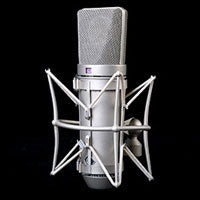

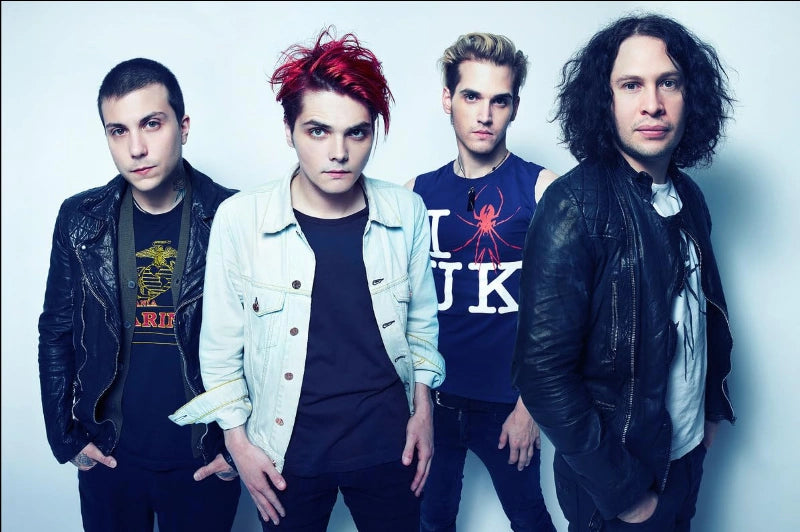
When The Black Parade arrived in October 2006, My Chemical Romance didn’t just release another album—they unleashed a full-scale rock opera that redefined the emo-rock movement. With its cinematic storytelling, theatrical sound, and unapologetically bold vision, the record became one of the most influential albums of the 2000s. Nearly two decades later, it still stands as a cultural landmark—celebrated not only for its music but for the artistry, gear, and creativity that shaped it.
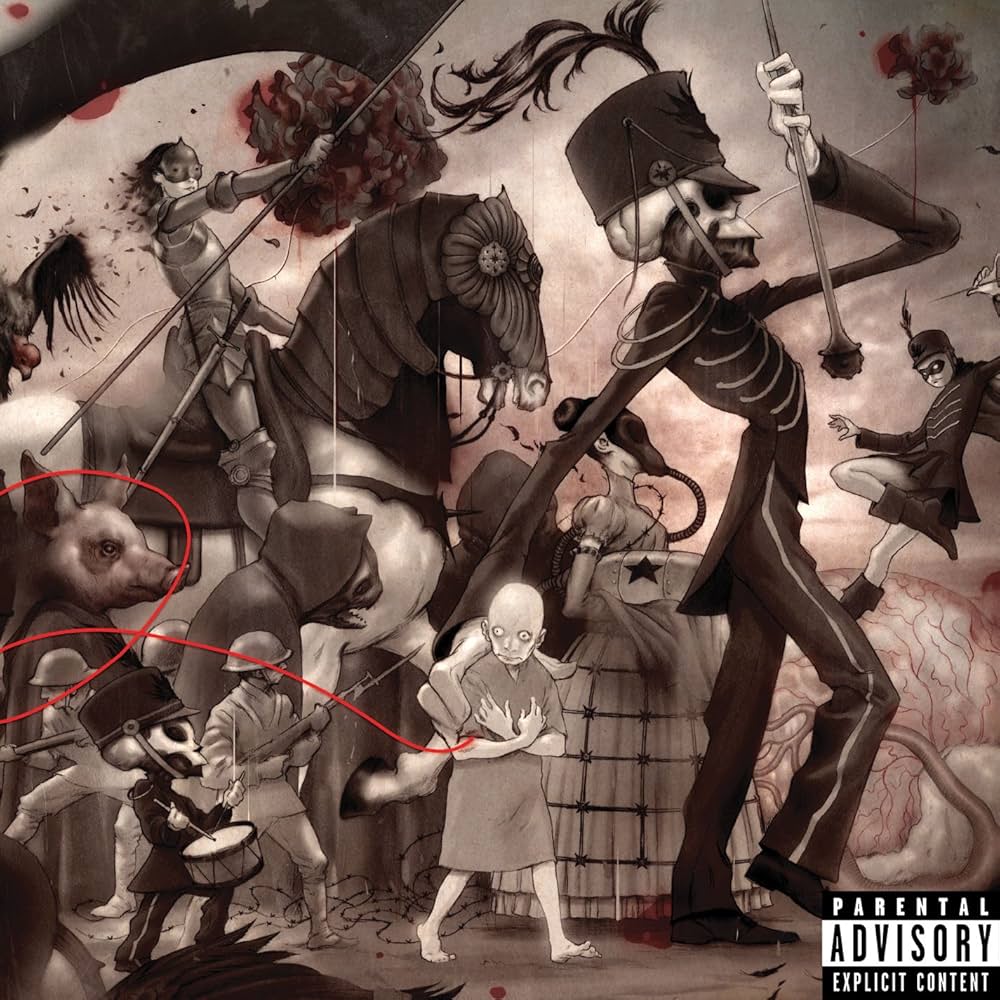
The Concept Behind The Black Parade
At its core, The Black Parade follows “the Patient,” a character facing death who envisions being led into the afterlife by a marching band from his youth. Vocalist Gerard Way’s theatrical vision gave the album a narrative depth rare in mainstream rock, transforming each track into a piece of a larger story.
Recording took place at the famously haunted Paramour Mansion in Los Angeles, where the eerie atmosphere seeped into the music itself. The result was a record that felt both intimate and larger-than-life—a rock opera with the drama of cinema and the raw emotion of punk.
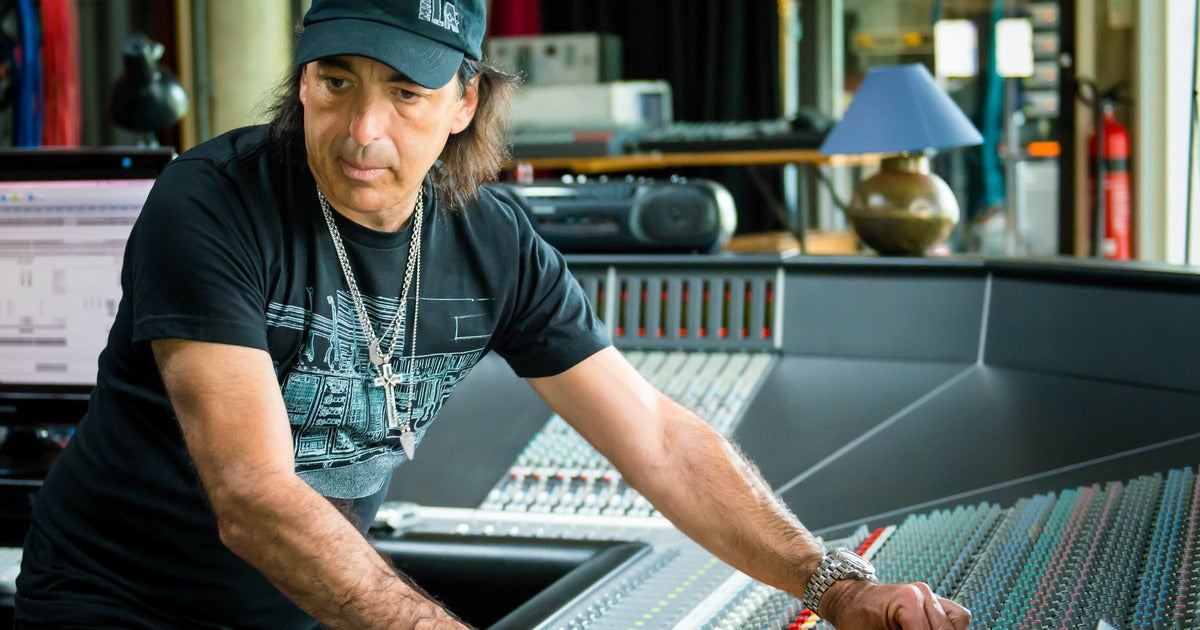
Behind the Sound: Producers, Engineers & Analog Gear
The album was co-produced by Rob Cavallo (known for Green Day’s American Idiot) alongside the band. Engineer Doug McKean, mixer Chris Lord-Alge, and mastering engineer Ted Jensen completed the powerhouse team.
What set The Black Parade apart sonically was its heavy reliance on analog gear. Vintage compressors, SSL EQ boards, and hardware reverbs gave the record a warmth and punch that digital production of the time couldn’t replicate. Lord-Alge’s mixes sometimes juggled more than 150 individual tracks per song, crafting the massive sound that made “Welcome to the Black Parade” an instant anthem.
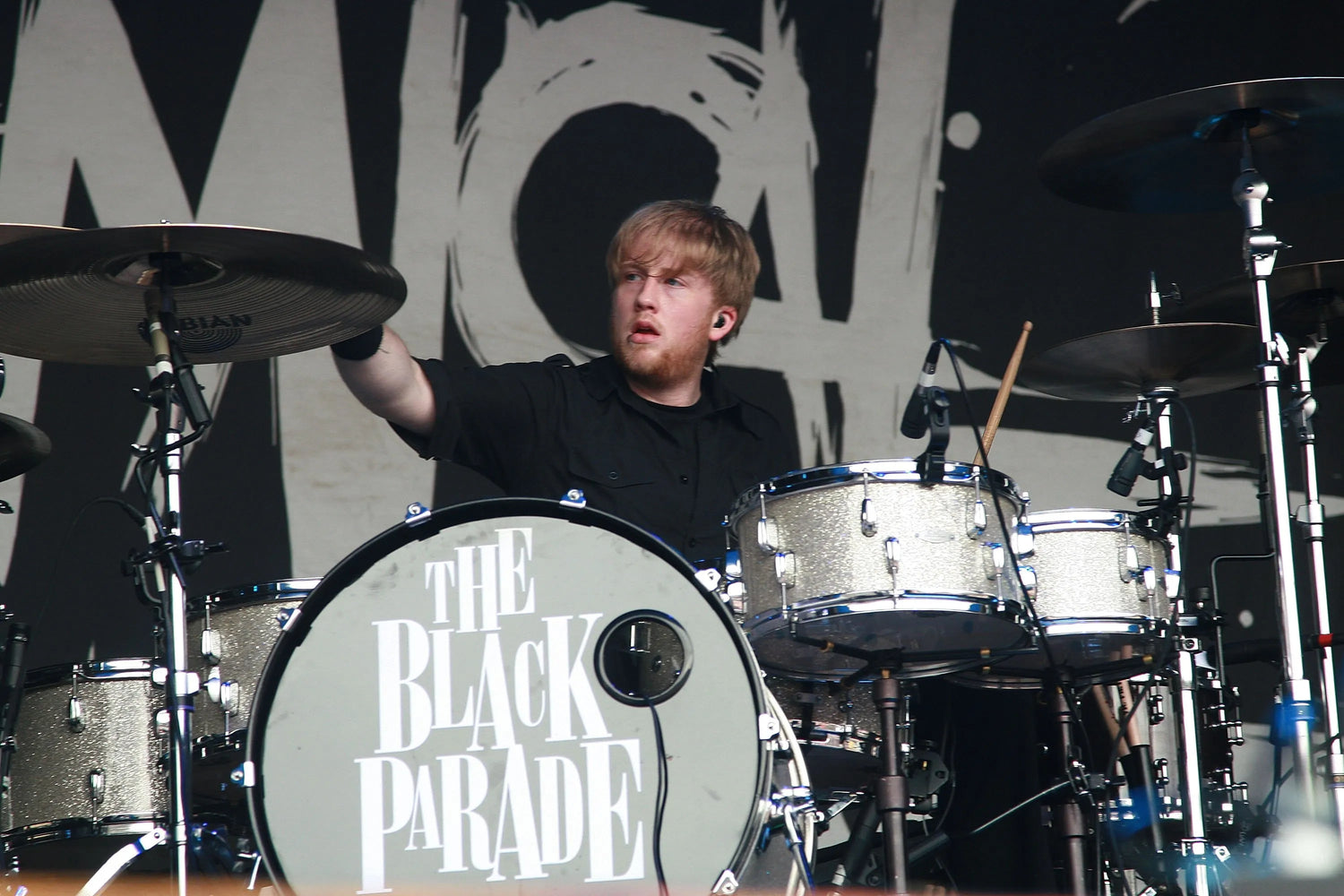
The Gear That Shaped the Sound
Guitars & Amps
- Ray Toro: Originally used a Marshall JCM 2000, but when it failed, producer Rob Cavallo’s Marshall JCM 800 became the backbone of the album’s guitar tone.
- Frank Iero: Played several Gibson Les Pauls, including an Antique White Studio and his Epiphone Les Paul Elitist, affectionately nicknamed Pansy.
- Mikey Way: Switched between a black Fender Deluxe Jaguar Bass, a Geddy Lee Jazz Bass, and a pearlescent Fender Precision Bass.
Drums & Monitoring
- Bob Bryar: Used a C&C Custom drum kit for the record’s pounding backbone. Live, he added in-ear monitors and a Buttkicker system to physically feel the kick drum on stage.
Additional Elements
- String and horn arrangements by David Campbell added orchestral drama.
- Liza Minnelli’s guest vocals on “Mama” became a fan-favorite moment.
- Keyboardist Jamie Muhoberac layered Hammond organ, Wurlitzer, and synth textures throughout.
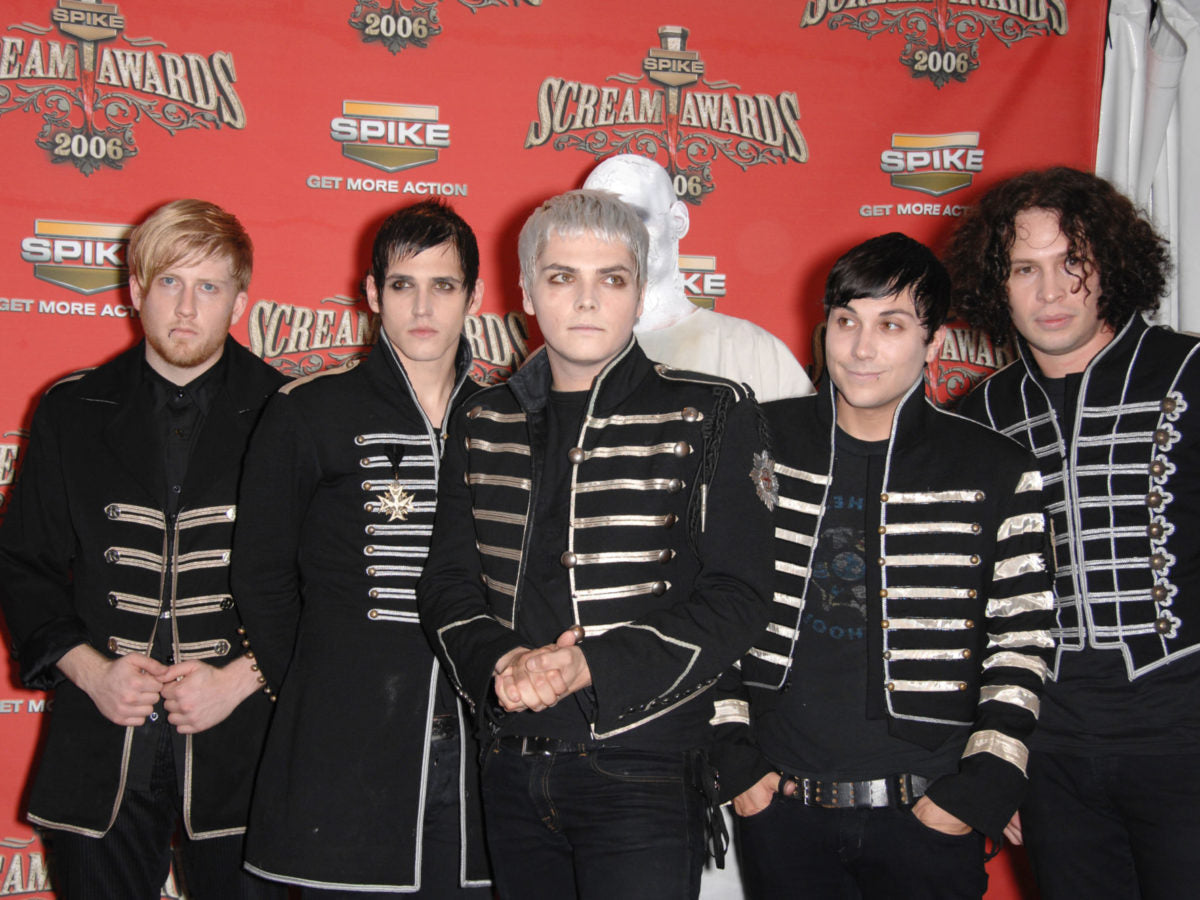
Cultural Impact & Legacy
The Black Parade debuted at No. 2 on both the Billboard 200 and UK Albums Chart, eventually going multi-platinum. More than sales, it became a generational anthem—a rallying cry for outsiders, misfits, and anyone drawn to music that blended raw emotion with spectacle.
Just as Queen’s Bohemian Rhapsody defined the 1970s, “Welcome to the Black Parade” defined the mid-2000s. Many fans recall exactly where they were the first time they heard it, passing that memory on to younger generations who now discover the album through their parents.
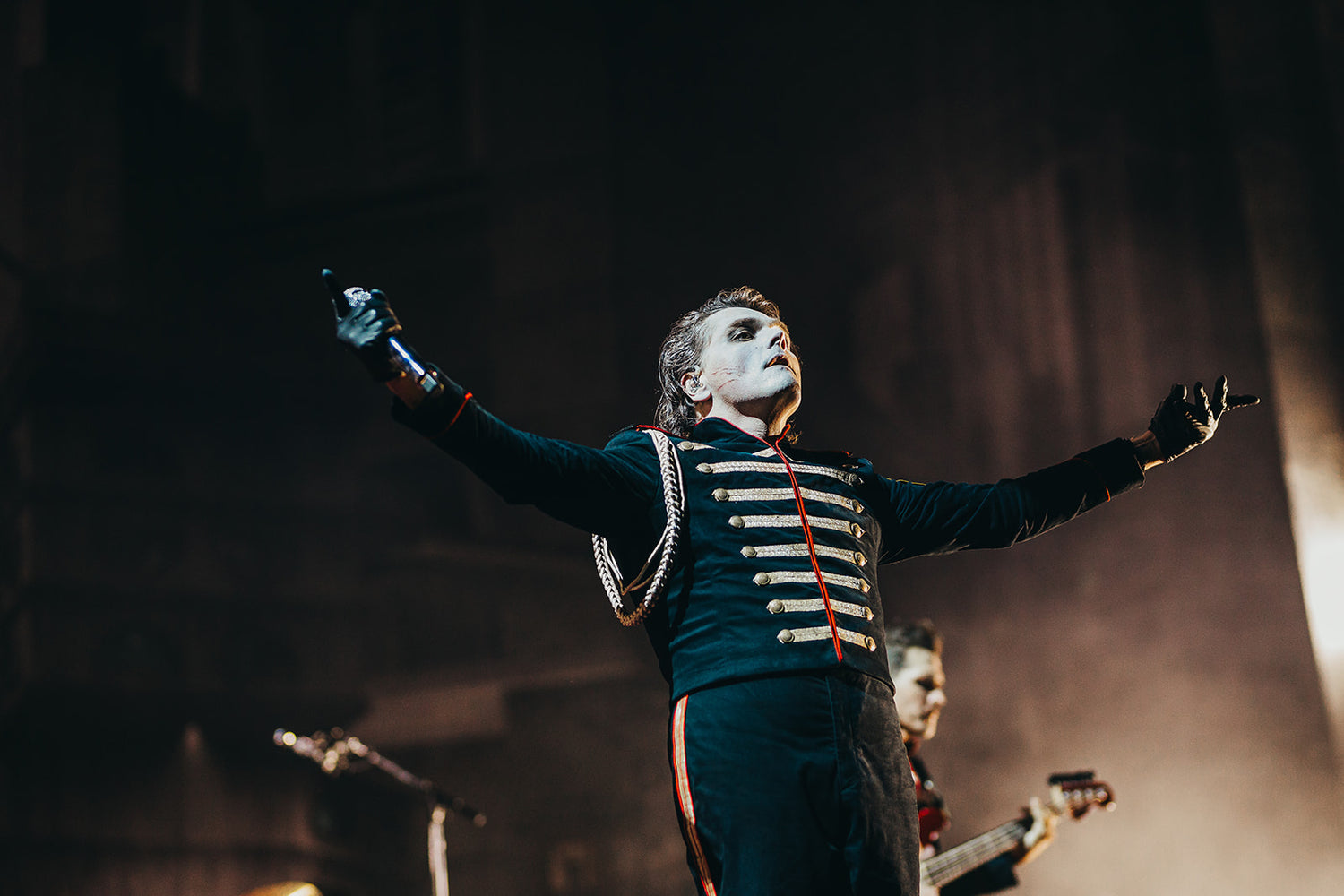
Long Live The Black Parade: The 2025 MetLife Show
On August 9, 2025, My Chemical Romance resurrected The Black Parade at MetLife Stadium during their “Long Live The Black Parade” tour.
Act One: A Dystopian Rock Opera
The show opened in the fictional nation of Draag, blending absurd humor with dark theatricality. Gerard Way remained in character throughout—reading strange on-screen rules (“please do not throw hair”), eating noodles mid-show, and staging a faux execution before launching into “Welcome to the Black Parade.” Fireworks exploded as the Mayor of Belleville, NJ, appeared onstage to present the band with the Key to the City.
Act Two: Stripped-Down Intimacy
The second half shifted to a smaller B-stage for an intimate set of early tracks like “Skylines and Turnstiles” and “It’s Not a Fashion Statement, It’s a F-ing Deathwish.” The night closed with a crowd-wide sing-along of Bon Jovi’s “Livin’ on a Prayer,” complete with fan props—vote cards and colored phone-light filters—that turned the stadium into a living art piece.
This wasn’t nostalgia—it was an expansion of the Black Parade universe. With pyrotechnics, immersive visuals, and fan participation, the performance felt like a sequel rather than a re-creation, proving that the world of The Black Parade can evolve while retaining its emotional core.
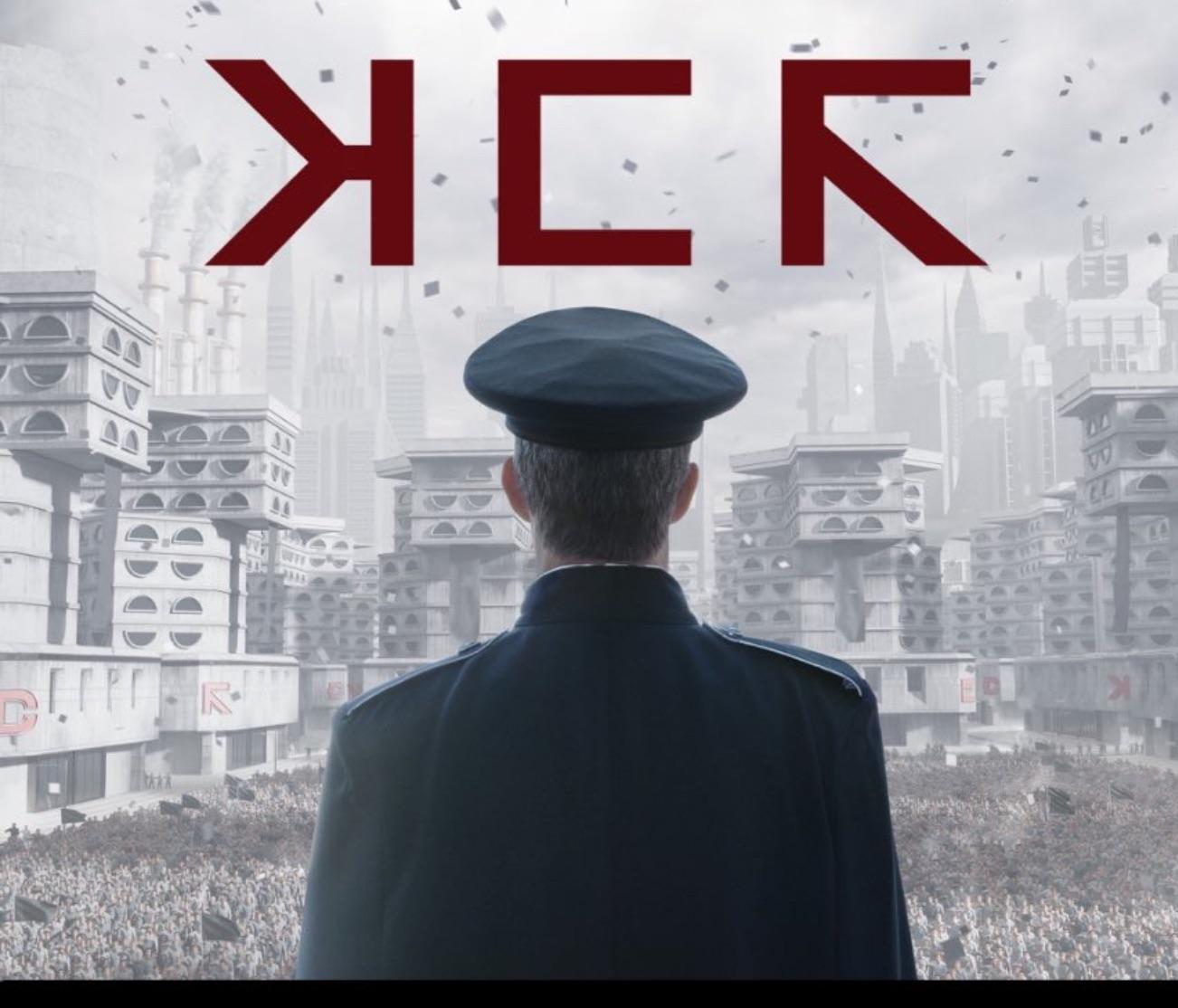
From Paramour Mansion to Rock Immortality
From its haunting origins in the Paramour Mansion to its rebirth at MetLife Stadium, The Black Parade has traveled far beyond its 2006 release. It remains a perfect storm of vision, gear, and storytelling that reshaped emo rock and secured My Chemical Romance’s place in music history.
Nearly twenty years on, The Black Parade isn’t just remembered—it’s reanimated, carrying its legacy into a new generation.
Blog posts
View all-

Alto Music Holiday Gift Guide 2025
The Holidays Are Here — and So Are the Best Deals of the Year The holiday season can get hectic—but there’s no need to let the “holiday crunch” become overwhelming. At...
Alto Music Holiday Gift Guide 2025
The Holidays Are Here — and So Are the Best Deals of the Year The holiday season can get hectic—but there’s no need to let the “holiday crunch” become overwhelming. At...
-

Blast From the Past: 50 Years of "Wish You Were...
With industry success to back it up, many Pink Floyd fans consider "Dark Side of the Moon" the "greatest album" ever made. With the same breath, the fans (and the...
Blast From the Past: 50 Years of "Wish You Were...
With industry success to back it up, many Pink Floyd fans consider "Dark Side of the Moon" the "greatest album" ever made. With the same breath, the fans (and the...

